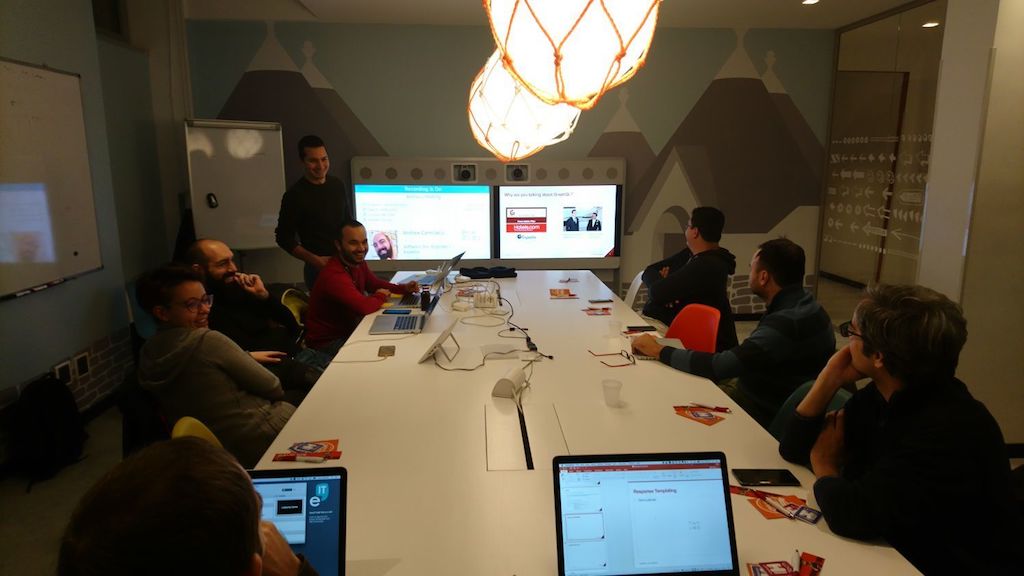My MacOS Monterey Setup
I think you are supposing I am a macOS fan... but I am not! Linux is my favourite OS, so why I spent time customizing macOS? I am also a software developer and, like many others, I have been asked to use macOS.
The experience was very frustrating at the beginning and I suspect the main issue was the entire Mission Control system. Typical questions: "Where is the window I opened a moment ago?", "Why the order of the spaces keeps changing?", "Do I really need those fancy animations?".
Then I spent a couple of days in macOS customization and I'd like to thank the other blogger who shared their configs. The result is a Windows/Linux-like desktop setup, that tries to leverage default macOS behaviour as much as possible. In the specific, I mean a setup that is fast, keyboard-centric and without distractions.
Now, let's describe the setup in detail following a recipe-style format so I (and you) can re-execute the same recipe if I'll need it.

